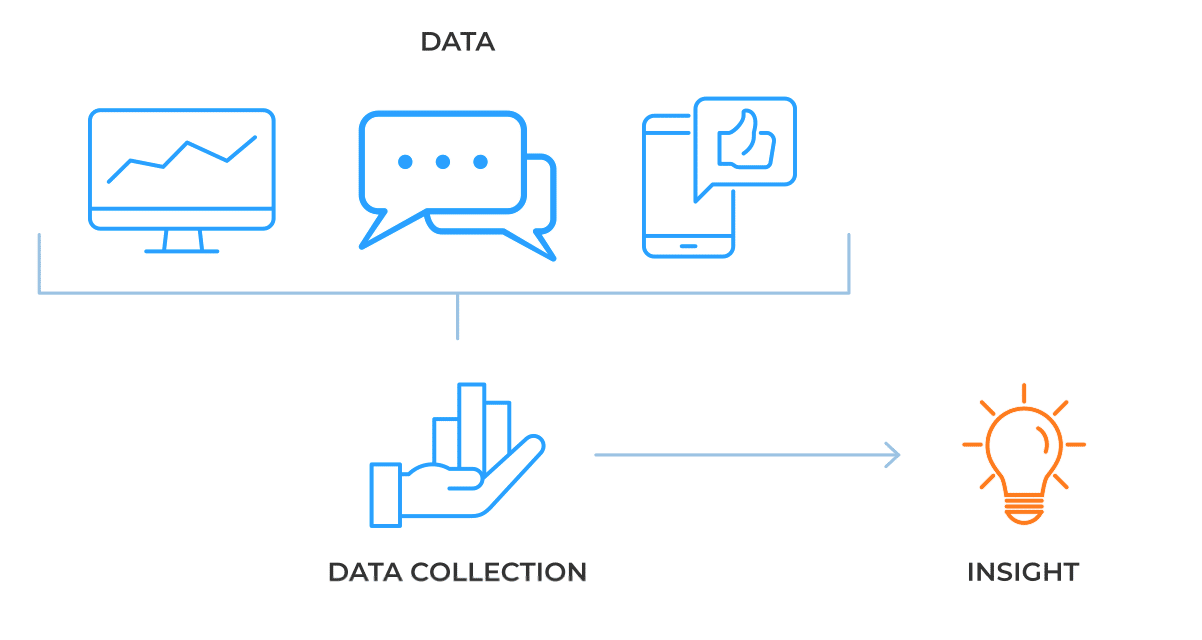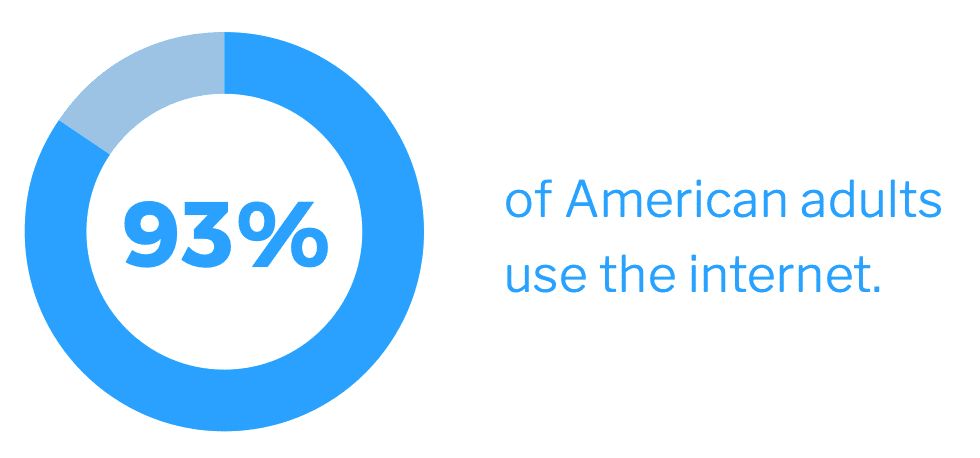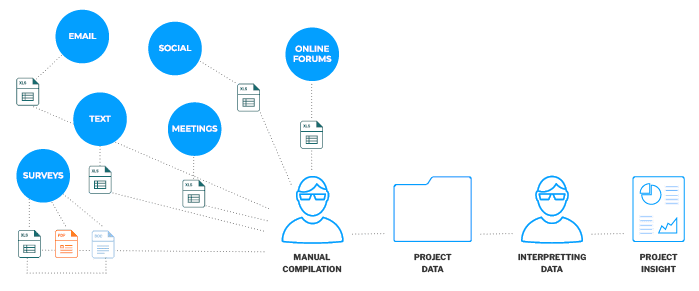
Welcome to your ultimate guide to community engagement tailored for state and local government agencies. In this resource, we dig into how community engagement is evolving and the critical role it plays in modern governance. You’ll discover actionable insights and strategies to improve your engagement efforts, leveraging technology and proven methodologies to achieve inclusive, equitable, and effective public participation.
Throughout this guide, we’ll explore the transformative potential of collaborative democracy facilitated by robust community engagement practices. From navigating the complexities of citizen-driven governance to harnessing the power of data for informed decision-making, you’ll gain practical tools to cultivate meaningful connections with your constituents.
Whether you’re seeking to streamline processes, increase transparency, or foster greater community trust, this guide equips you with the knowledge and tools to navigate the evolving landscape of public involvement.
Chapter 1: The Evolution of Public Sector Decision Making
Democracy is an emergent phenomenon that has evolved over time and continues to do so. Amidst ongoing change, collaborative democracy—facilitated by community engagement—is poised to redefine democratic processes.
We can trace democracy’s evolution through history:

Despite challenges, democracy progresses through wars and political reforms, increasingly amplifying diverse voices. Enhanced community engagement is crucial for advancing this evolution, requiring innovative systems.
The Path Towards Democracy As A Marker Of History
The history of democracy is still being written, and its progress depends on embracing a greater role of community engagement in decision making and applying technology as a means to create widespread, uniform opportunities for community engagement. In doing so, we can govern more inclusively, equitably, and effectively. Likewise, technology also provides the opportunity to create a two-way relationship with residents and the ability to tell clear community stories.

Chapter 2: The Trends and Drivers Transforming Government
Let’s take a closer look at some transformational drivers that have the potential to change how government operates.
4 Key Themes from the IBM Center for The Business of Government
The IBM Center for The Business of Government recently conducted research among current and former government leader to identify seven drivers that will be transforming government in the years to come. Below, we’ve distilled those drivers and applied the key themes to one of government’s most important components: community engagement.
-
- Agility – Adopting new ways for government to operate, using agile principles and putting user experiences and program results at the forefront
- Engagement – Fostering a citizen-driven government through real-time, interactive feedback to engage, co-create, and co-produce services and programs
- Insight – increased reliance on data, evidence and analytics to create insights that influence decision making, actions and results. Evidence-based policy and decision-making.
- Effectiveness – Applying enterprise approaches to achieve better outcomes, operational efficiency and a leaner government

Building an Agile Government Means Moving Away from the Status Quo
When it comes to community engagement this means getting creative about the approach to data collection and the process of insight development.
When applied to the public engagement process, the “demand for insight” creates a culture of data-driven decision making that relies heavily on a unified community engagement process that makes collecting, analyzing, and sharing data quick and easy… or agile.
Engagement: Looking To Collaboration & Real-Time Insights
Adjusting the culture of community engagement has the power to accelerate trust building, efficiency, effectiveness, and true data-driven decision-making. Let’s take a closer look at what that shift could mean for better community engagement outcomes.
Community Engagement Culture & Challenges To the Status Quo
A community engagement paradigm shift that includes agile values and principles is all about culture change, which is no small feat. Only recently has a need for change started to come to the forefront- largely in part to the 2020 global pandemic paired with civil and political unrest.
One example of how the 2020 pandemic moved the “culture” of community engagement has been the shift in legislation and practice from in-person to include virtual townhalls and/or hybrid public meeting formats.
Community engagement examples of a “cultural shift”:
-
- Policy: Sunshine law updates incorporated virtual engagement tactics
- Priorities/Oversight: showing an increased priority on equity and accountability
- Roles & Responsibilities: accessibility and inclusion as an expectations among the public
- A new demand for virtual engagement options
- An expectation for multilingual translations and interpretations
- Multi-tactic approaches to engagement (text, phone, email, etc.)


Collaborative Engagement & Actionable Insights
When we “go through the motions” of community engagement, we leave no room for data to tell community stories to make better decisions. By contrast, community engagement can drive actionable insight when data is unified and easily managed.
- Insight offers the power to gain understanding from data, people, or a situation not immediately evident on the surface.
- Insight enables leaders to uncover a solution and act based on keen and clear observation.
- Observation, however, does not lead immediately to insight. Government leaders must make interpretations shaped by context, knowledge, and the experience of decision makers— implicit knowledge, often built up after years of experience.
–“Seven Drivers Transforming Government”
An innovative community engagement process that places a high value on insight that is both meaningful and relevant is key to this cultural shift away from the activity of data generation.

Community Engagement Software for Actionable Insights
Tell Clear Community Stories with PublicInput
- Develop community driven strategies
- Prioritize equity in community engagement
- Leverage technology for real-time, interactive community engagement and collaboration
Effectiveness: Increasing Operational Efficiency For Staff & Residents
When looking for examples of community engagement, many people think of a town hall or council meeting with a public comment period. Others may point to government initiatives around transportation or environmental projects where governments seek input or feedback from impacted residents.
But what if community engagement could be a 24/7/365 service between government and their constituents? On the surface, daily engagement sounds like a pretty massive undertaking. Could this system be accomplished, and what benefits can be realized for a government and a community engaged in on-demand collaboration around important policy issues, or the ongoing business of government?
The answer surrounds a system of governing with an ongoing goal to be more responsive, inclusive and effective, both in terms of staff operations and community engagement results.
As the IBM report states: “…the future of government performance relies not simply on greater efficiency, but also on increasing capacity to work effectively.”
How Do These Themes Apply to Community Engagement?
We saw foreshadowing of the need- and effectiveness- of technology to meet resident where they are during the COVID-19 pandemic. At the onset, it created a critical challenge to state and local agencies who were left without in-person community engagement options.
Efforts to provide online deliberations without a dedicated community engagement platform or solution proved ineffective to accomplish community engagement and to comply with state open government laws. In many jurisdictions, it took a corps of talented and hard-working CIOs and IT departments to enable their jurisdiction to carry out the basic function of community engagement online.
As the pandemic continued, governing bodies adopted some form of information and communication technologies for their deliberations. Today, a new era of community engagement and representative democracy is emerging through the use of dedicated community engagement platforms.
The New Era Of Community Engagement
From these community engagaement platforms, governments are realizing the potential for blending virtual and conventional approaches—and their benefit to increase and diversify participation. Data collected through the use of an all-in-one community engagement platform to organize and centralize community engagement are creating more effective processes that can be realized across multiple departments.
To achieve positive, significant, and lasting change, government leaders must focus on sound implementation. The focus on implementation involves the meaningful integration of operations across agencies via an enterprise approach.
– IBM Center for the Business of Government
Chapter 3: Unified Community Engagement
We live in a world where technology permeates almost every aspect of our daily lives. With that in mind, let’s take a closer look at how community engagement approaches fueled by technology have and will impact the day-to-day work of community engagement practioners.
When it comes to communication and information, the Pew Research Center reports:

The impacts of technological innovation in the public and private sectors continue to grow at a rapid pace. In state and local government, whether it be virtual public meetings, investments in vehicle-to-everything (V2X) applications supported by 5G or working to decide how best to incorporate technology into the built environment, there is no going back to exclusively “conventional” methods.
When it comes to community engagement, meeting the public’s expectations to connect virtually is now the norm.
For planners, elected officials and community engagement practitioners, there is a lot at stake as they work towards engaging the public in a concerted and meaningful way for more informed decision making. Oftentimes disjointed, there is growing interest and desire by governing bodies to shift away from traditional and fragmented approaches to a more unified approach to community engagement via virtual technology solutions.
A Disjointed Approach To Community Engagement
For many, a disjointed community engagement approach—even with the use of technology—involved an elaborate web of pieced together tools, apps, platforms, and manual workarounds to connect and share information.
Under this disjointed model, every tactic has its own tool or solution creating multiple, sometimes duplicative, tasks resulting in increased costs and decreased efficiency.
Here are a few costs of a disjointed community engagement approach:
• Requires manual compilation of data from multiple sources
• Increased delays to the project and decision-making
• Siloed information leading to communication gaps
• Decreased ability to manage and demonstrate compliance around participation, equity, representation, and transparency
• Increased disconnect between residents and the decision-makers
• Increased risk of losing or misinterpreting data
While it “functions,” disjointed combinations of multiple technologies compound inefficiencies and become a detriment to timely decision-making processes.

Opportunity Costs Of A Disjointed Approach
Employing disjointed and inaccessible approaches to engagement results in a double loss for government agencies. The first, is missing the opportunity to capture valuable input from the community. Second, and probably the most impactful, is that the missing input increases the likelihood that governments will make a decision that does not fit their entire community or is based on an incomplete narrative.

A Unified Community Engagement Approach
A unified approach to community engagement utilizes technology that empowers governments and consultants with a comprehensive communication and data management platform.
Technology that unifies community engagement enables project teams to launch a concerted engagement strategy, communicate, build momentum, collaborate (virtually and in-person), and close the feedback loop using one platform solution.
An all-in-one community engagement platform should increase efficiency and support inclusive, data-driven decision-making. When paired with traditional tactics like in-person meetings, community engagement software accelerates the development of public trust and enables governments to be compliant with open government laws and community inclusion standards.
Conclusion
Here we find the culmination of all this evidence with three key observations:
-
- Collaborative democracy is emerging just in time. Collaborative democracy, as the next phase in the evolution of democracy, will move forward not through more war, but rather through technological innovation.
- Government processes are transforming. The future of the government process of community engagement hinges on the ability for practitioners to consider the transformative factors of agility, engagement, insight and effectiveness as they move forward.
- Technology is expanding our reach. A unified community engagement approach when paired with traditional tactics like in-person meetings accelerates the development of public trust and enables governments to increase efficiency, compliance, inclusivity, and data-driven decision making.
The reflection of these key factors is a paradigm shift that can only be successful when powered by technology. We believe that collaborative democracy succeeds through technology. For our company, our commitment is to offer agile solutions for government engaged in the pursuit of the next phase of democracy . . . collaborative democracy.
Trusted by hundreds of communities, governments, and consultants in the U.S. and Canada, PublicInput provides software solutions for public engagement and communication. The overarching mission of PublicInput is to facilitate lasting relationships between government and the public by providing the technology needed for agencies to listen, communicate, and make informed decisions. Learn more about our platform here.



